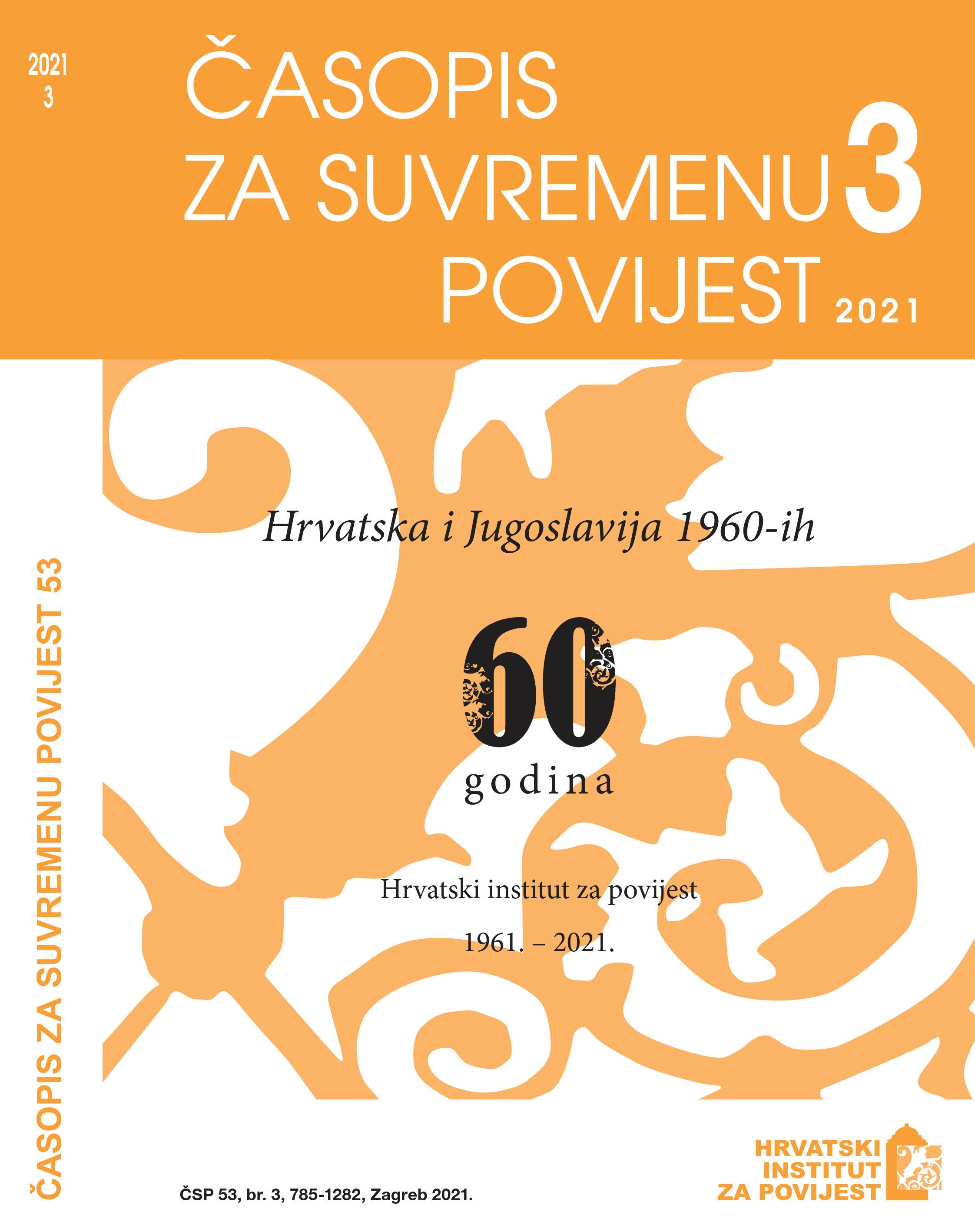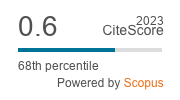Building and Town-Planning Regulations in Croatia from 1956 to 1971
DOI:
https://doi.org/10.22586/csp.v53i3.17912Keywords:
building legislation; building codes; urban planning regulations; Croatia; Zagreb; 1956–1971; building regulationsAbstract
The building regulation system that was initiated in 1850 with the adoption of the ‘Regulation on the Admission of Civil Engineering Students and the Introduction of State Examinations in Civil Engineering’ in the Austrian Empire was repealed in 1946, through the ‘Law on the Invalidity of Legal Regulations Adopted Before 6 April 1941 and During the Enemy Occupation’. The new socialist building regulation system was created through the regulations of the Yugoslav government from 1947 on; it was acceptable to use certain repealed regulations until new ones were enacted, provided they did not conflict with the newly-created socialist legal system of the Federal People’s Republic of Yugoslavia. After the Federal Ministry of Construction was abolished in 1950, the technical regulations and standards were regulated at the federal level, while the administrative procedures and other legal regulations were gradually lowered to the level of the republics, including Croatia. So as to help architects, spatial planners, and other experts in the building process orient themselves in this jungle of regulations, architect Vladimir Šilhard (Schilchard) published the Revision Book of Building Regulations and Procedure in the P. R. of Croatia in the professional journal Čovjek i prostor (Man and Space) in 1956. This article also exhaustively presents and analyses the building regulations in the period from 1946, through Šilhard’s unified compendium, to the enactment of the Zagreb City Master Plan in 1971. On the one hand, the 1960s period was a great challenge for adopting regulations, primarily due to the new way of building residential buildings, which were not encompassed by the then existing regulations. On the other hand, new urban legislation was needed after Zagreb spread over the river Sava to the south, where the Zagreb Fair and the first residential neighbourhoods were built, so that the city could maintain a sustainable appearance of modernity. In this sense, the master plan of 1971 represented the peak of city planning that had begun with a competition for the for the General Regulatory Basis in 1930–1931 and the enactment of the Building Regulations of 1940. The system of technical regulations and building regulation standards on the federal level was mostly complete by late 1971, and remained partially in force even after the Republic of Croatia declared its independence on 8 October 1991, lasting until Croatia joined the European Union on 1 July 2013.
Downloads
Published
How to Cite
Issue
Section
License
Copyright (c) 2021 authors and journal

This work is licensed under a Creative Commons Attribution-NonCommercial 4.0 International License.
Copyright holders are the publisher Croatian Institute of History and the authors. Journal of Contemporary History is an Open Access journal. Users are allowed to read, download, copy, redistribute, print, search and link to material, and alter, transform, or build upon the material, or use them for any other lawful purpose as long as they attribute the source in an appropriate manner according to the Creative Commons licence CC BY-NC. The papers published in Journal of Contemporary History can be deposited and self-archived in the institutional and thematic repositories providing the link to the journal's web pages and HRČAK. Journal does not charge article processing charges (APC). The editors assume no responsibility for statements of fact or opinion made by contributors.




